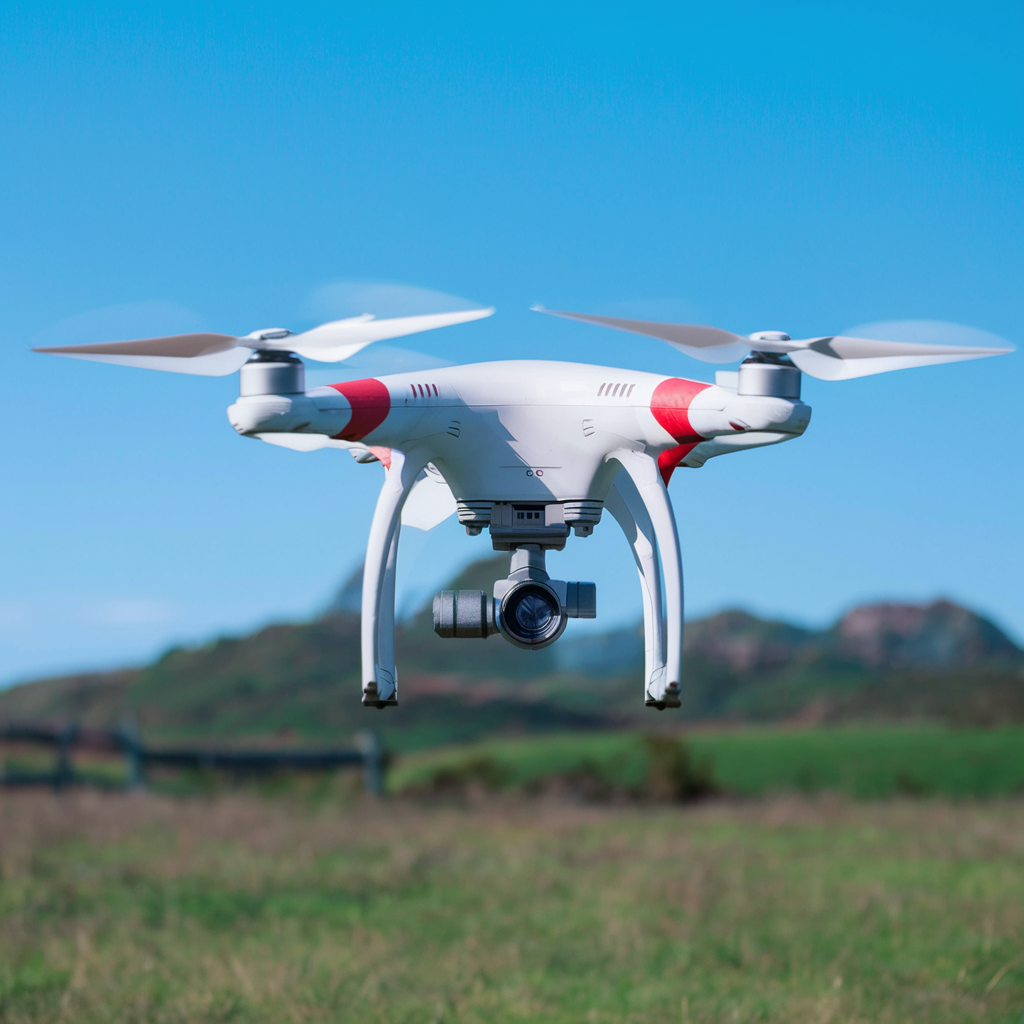The world of drones has exploded in recent years, offering incredible capabilities for aerial photography and videography. With so many options available, choosing the right camera drone can feel overwhelming. But fear not, intrepid sky explorers! This blog unveils the top contenders in the camera drone arena, complete with detailed specifications, pros, and cons to help you find your perfect aerial companion.
1. DJI Mavic 3 Pro: The Professional Powerhouse
- Specifications:
- Micro Four Thirds CMOS sensor with Hasselblad branding
- 5.1K video recording at 50fps
- 40MP photo capture
- Omnidirectional obstacle avoidance
- 46-minute maximum flight time
- Pros:
- Superb image quality with exceptional low-light performance
- Advanced features like object tracking and QuickShots for effortless creativity
- Long flight time for extended capture opportunities
- Reliable and safe with omnidirectional obstacle avoidance
- Cons:
- Pricey compared to other options
- Heavier weight (over 900g) requires registration in most regions
2. DJI Mini 3 Pro: The Lightweight Champion
- Specifications:
- 1/1.3-inch CMOS sensor
- 4K/60fps HDR video recording
- 12MP photo capture
- Tri-directional obstacle avoidance
- 47-minute maximum flight time
- Pros:
- Ultra-lightweight (under 249g) for travel-friendly portability and regulation exemption in most areas
- Excellent image quality with good low-light performance
- Impressive flight time for a sub-250g drone
- User-friendly controls and intuitive flight modes
- Cons:
- Smaller sensor compared to the Mavic 3 Pro, leading to slightly less detail in low-light conditions
- Tri-directional obstacle avoidance offers less coverage than the Mavic 3 Pro’s omnidirectional system
3. Autel Robotics EVO II Series: The Feature-Packed Challenger
- Specifications:
- Various sensor options, including a Micro Four Thirds sensor in the top-tier model
- Up to 8K video recording at 25fps
- Up to 60MP photo capture
- Omnidirectional obstacle avoidance
- Up to 40-minute maximum flight time (depending on model)
- Pros:
- Powerful cameras with various sensor options to suit different needs
- Competitive pricing compared to similar DJI models
- Omnidirectional obstacle avoidance for enhanced safety
- Long flight times on some models
- Cons:
- Brand recognition not as widespread as DJI, potentially impacting user community and support resources
- User interface may not be as intuitive as DJI’s for some beginners
4. DJI Air 2S: The Versatile All-rounder
- Specifications:
- 1-inch CMOS sensor
- 5.1K video recording at 25fps
- 20MP photo capture
- Four-direction obstacle avoidance
- 35-minute maximum flight time
- Pros:
- Excellent image quality with good low-light performance
- Compact and foldable design for easy portability
- Four-direction obstacle avoidance for added safety
- Well-rounded feature set suitable for various applications
- Cons:
- Not as lightweight as the Mini 3 Pro, requiring registration in most areas
- Flight time falls short compared to some competitors
5. Ryze Tello: The Budget-Friendly Starter
- Specifications:
- 5MP camera
- 720p video recording
- Lightweight and durable design
- Educational coding app included
- Pros:
- Extremely affordable, making it accessible to beginners
- Easy to fly and control, perfect for learning the ropes
- Coding app encourages creativity and introduces programming concepts
- Lightweight and safe for indoor flight
- Cons:
- Limited image quality compared to higher-end drones
- Short flight time
- Lacks advanced features like obstacle avoidance
Remember:
- Regulations: Always check drone regulations in your area before purchasing and flying.
- Skill level: Consider your experience level when choosing a drone. Beginner models are easier to fly, while advanced models offer more features and require more skill.
- Budget: Set a realistic budget and choose a drone that fits your needs and financial constraints.
Frequently Asked Questions (FAQs)
What are the essential accessories for drone photography?
To enhance your drone photography experience, consider investing in additional accessories such as spare batteries, ND filters, a tablet or smartphone for remote control, a landing pad, and a portable charging hub. These accessories can extend your drone’s flight time, improve image quality, and provide added convenience during aerial photography sessions.
How do I ensure compliance with drone regulations and airspace restrictions?
Before flying your drone, always check and adhere to local regulations, airspace restrictions, and safety guidelines provided by aviation authorities. Register your drone with the relevant authorities if required, obtain necessary permits or licenses for commercial operations, and fly in designated areas away from airports, populated areas, and sensitive locations.
What are the best practices for drone battery maintenance?
To prolong the lifespan of your drone batteries and ensure optimal performance, follow these best practices for battery maintenance:
- Always store batteries at room temperature in a cool, dry place away from direct sunlight and moisture.
- Avoid fully draining or overcharging batteries, and use a dedicated charger designed for your drone’s battery model.
- Regularly inspect batteries for signs of damage, swelling
Conclusion
With this comprehensive guide and careful consideration of your individual needs, you’re well on your way to capturing stunning aerial footage and unlocking the exciting
